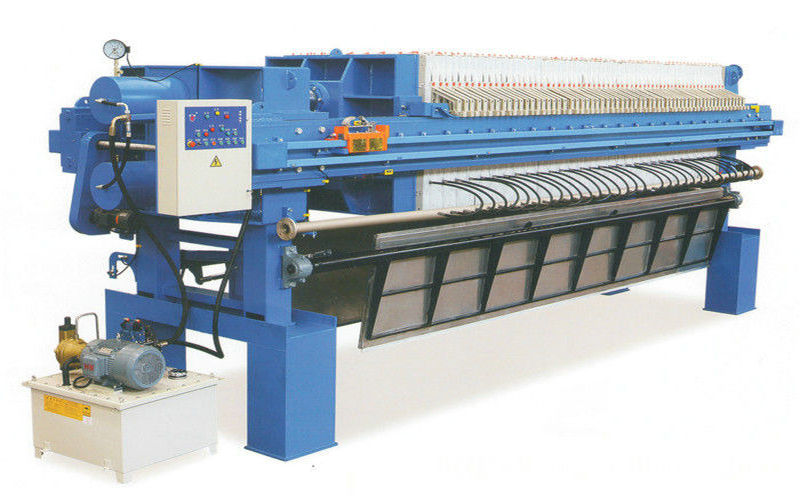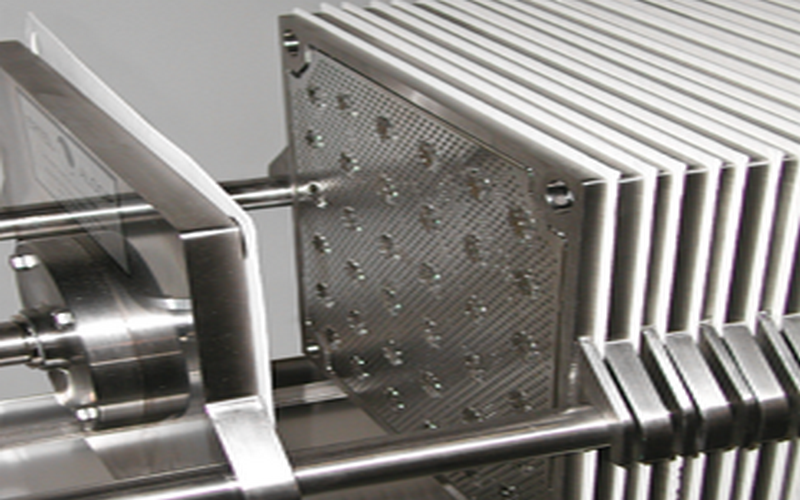When the aerial vehicle runs to a certain period (traveling to a certain distance), the parts will naturally loosen and wear out. Therefore, it is necessary to carry out compulsory preventive maintenance.
Regular maintenance is divided into one, two and three levels of maintenance.
First, a maintenance
The first-level maintenance is the technical maintenance that is centered on lubricity and sturdiness in the 1,500-2,400-km interval mileage of high-altitude operation vehicles.
Its main content is:
1. Check and sturdy bolts and nuts on exposed parts of aerial vehicles.
2. Add lubricating oil (fat) according to the specified lubrication points.
3, check the oil level within the assembly, when the lack of lubrication according to the standard.
4, cleaning gasoline, oil, air filter.
After the first-level maintenance of aerial vehicles, it should achieve the purpose of cleanliness, complete equipment, firm connection, smooth flow of the three filters (gasoline, oil, air), good lubrication, and no leakage.
Second, two maintenance
The secondary maintenance is the technical maintenance based on inspection and adjustment after the high-altitude vehicle has traveled between 6,000-8,000 kilometers. At this time, in addition to carrying out a level 1 maintenance project, the following items should be added:
1. Check and adjust the technical status of the aerial vehicle engine and electrical equipment.
2. Clean crankcase (oil sump) and Oil Filter, replace new oil, add grease.
3, clean gasoline filter.
4. Check the technical status of steering, brake mechanism and clutch.
5. Check the other assemblies and adjust them as needed.
6. Check the tyres of aerial vehicles and perform transposition.
Three, three maintenance
The three-level maintenance is the technical maintenance centered on the dismantling, cleaning, inspection and adjustment of the assembly after the lift truck has traveled 36,000 to 40000 kilometers. At this time, in addition to repeating the first and second maintenance items, the following items should be added:
1. Check the engine of the aerial working platform to remove carbon deposits, gel deposits and cooling scales.
2. Disassemble the chassis assembly as required, clean, inspect and adjust to eliminate hidden dangers.
3. Inspect the frame and body of the aerial work vehicle and perform rust removal, welding and replenishing as required.
An Food And Beverage Filter Press is a tool used in separation processes, specifically to separate solids and liquids. The process uses the principle of pressure drive,[clarification needed] as provided by a slurry pump. Among other uses, filter presses are utilized in marble factories in order to separate water from mud in order to reuse the water during the marble cutting process.


Concept Food And Beverage Filter Press Technology
Generally, the slurry that will be separated is injected into the center of the press and each chamber of the press is filled.[1] Optimal filling time will ensure the last chamber of the press is loaded before the mud in the first chamber begins to cake. As the chambers fill, pressure inside the system will increase due to the formation of thick sludge.[2] Then, the liquid is strained through filter cloths by force using pressurized air, but the use of water could be more cost-efficient in certain cases, such as if water was re-used from a previous process.
| Specifications | Parameters | Units |
|---|---|---|
| Scale | 1-100 | m3/h |
| Operation | Batch, Continuous |
|
| Objectives | Clarification, Solids Recovery |
|
| Slurry settling characteristics |
|
|
| Rate | <0.1 to >5 | cm/s |
| Clarification | Poor |
|
| Proportion of sludge | < 2% vol to > 20% vol |
|
| Slurry filtering characteristics | Slow at the rate of cm/h, up to 10 h |
History
The first form of filter press was invented in the United Kingdom in 1853, used in obtaining seed oil through the use of pressure cells. However, there were many disadvantages associated with them, such as high labour requirement and discontinuous process. Major developments in filter press technology started in the middle of 20th century. In Japan in 1958, Kenichiro Kurita and Seiichi Suwa succeeded in developing the world's first automatic horizontal-type filter press to improve the cake removal efficiency and moisture absorption. Nine years later, Kurita Company began developing flexible diaphragms to decrease moisture in filter cakes. The device enables optimisation of the automatic filtration cycle, cake compression, cake discharge and filter-cloth washing leading to the increment in opportunities for various industrial applications.
Our proven Food And Beverage Filter Press ensures consistent lot-to-lot quality, regulatory compliance, energy management, waste management and cost control for your filter press operations.
Food Beverage Sewage Treatment,Automatic Sewage Filter Press,Filter Press With Belt Convery For Food Beverage
Hebei TianGuan Filter Press Co., Ltd. , http://www.filterpressure.com